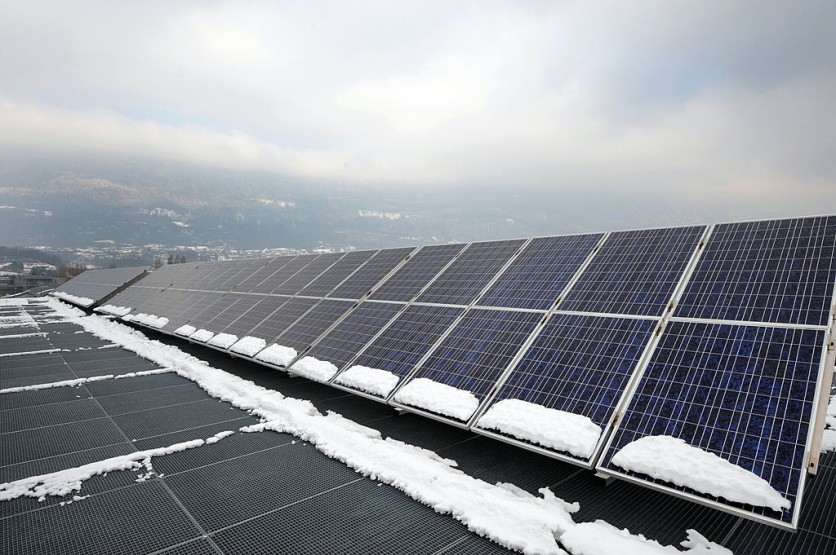The Lake Muttsee Dam is now Switzerland's most extensive alpine solar system, as reported by Electrek.

The dam is the longest dam in the country and the highest in Europe. Now, it has 5,000 solar panels as part of the AlpinSolar project. Axpo, Dinner, and IWB set it up. Dinner has set up a long-term Power Purchase Agreement (PPA) for AlpinSolar's power, the country's first PPA.
The AlpinSolar
The AlpinSolar is a 2.2-megawatt solar project attached to the dam wall of the hydroelectric power plant. It can produce enough electricity to power around 700 households.
The solar array, which is almost a kilometer wide, can produce 3.3 million kilowatt hours of electricity annually. Lake Muttsee isn't prone to fog because of its high altitude, and the snow reflects the sunlight onto the solar panels.
Alpine solar plants can produce up to three times more energy in the winter. This is because solar panels like the cold and have a higher yield in cooler temperatures.
That said, the highest yields from the project are expected in February and March. Still, the solar array's output is expected to be relatively balanced over the whole year.
The project used 4,872 bifacial glass-glass solar modules. The modules come with a 40-mm frame that can handle the expected snow.
Also Read: ESA to Fund Space-Based Solar Power Program; Here's What You Need to Know About Solaris
More Prevalent Solar Energy
Switzerland's government is making solar energy more prevalent. In 2022, the federal parliament amended its Energy ACT that can fast-track the approval process of new solar plants, which aim to produce significant energy levels during the winter months.
This only shows that the country is driving towards more green energy production, which is also due to the phase-out of nuclear power. It was in June 2011 when the parliament resolved not to replace any existing reactors, and was confirmed in a 2017 referendum.
With the addition of alpine solar plants in the country, Switzerland is ready for solar power and electrification. Overall, the increasing prevalence of solar energy is a positive step towards a greener future. As more countries make solar energy more accessible and affordable, the world will be able to make strides toward reducing its reliance on fossil fuels.
These initiatives are expected to help reduce greenhouse gas emissions and create new jobs across Europe while providing citizens with cleaner air quality due to reduced pollution levels from burning fossil fuels.
This is an excellent move towards sustainability, and it will help European countries reduce their dependence on fossil fuels and transition to renewable energy sources.
This will not only reduce the emissions of greenhouse gases but also create new job opportunities in the green energy sector. Moreover, it will help improve air quality in the region as burning fossil fuels will be drastically reduced.
Related Article: EU Achieves Record of Solar and Wind Energy Generation Since Russia-Ukraine War Broke Out

ⓒ 2025 TECHTIMES.com All rights reserved. Do not reproduce without permission.




